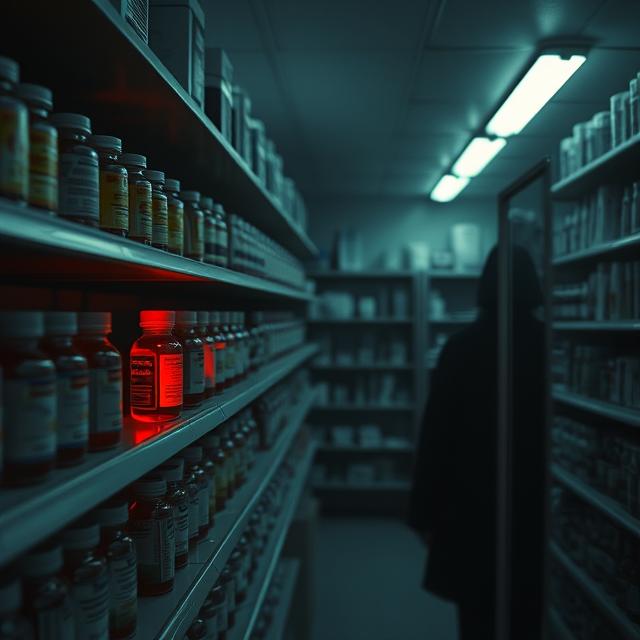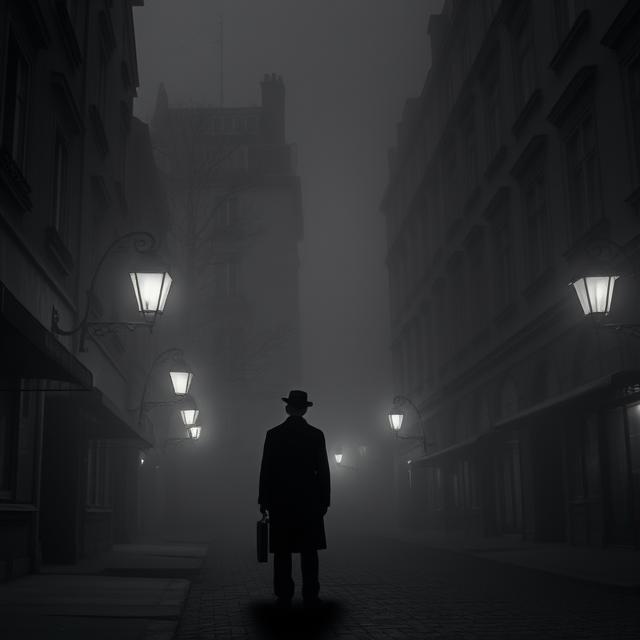In the fall of 1982, the American public faced a terrifying truth: a simple over-the-counter painkiller could kill you.
Seven people in the Chicago area died after taking Extra-Strength Tylenol capsules laced with potassium cyanide—a lethal dose strong enough to kill within minutes. There was no pattern to the victims. No warning. Just death disguised as relief.
The murders sparked a nationwide panic, massive recalls, and the birth of tamper-proof packaging. But despite decades of investigation, no one was ever convicted for the Tylenol killings.
And the man long considered the prime suspect—James William Lewis—died on July 9, 2023, taking with him any remaining hope of a confession.
This is the story of a killer who struck without leaving fingerprints, weaponized fear, and changed the way we trust the products on our shelves.
The Poisoned Capsules
On September 29, 1982, a 12-year-old girl named Mary Kellerman in Elk Grove Village took Tylenol for a sore throat. She was dead within hours.
That same day, Adam Janus, a 27-year-old postal worker, collapsed and died after taking Tylenol for chest pains. His brother and sister-in-law—Stanley and Theresa Janus—rushed to the house, took Tylenol for stress… and died too.
In the days that followed, four more deaths occurred, all from the same horror: cyanide-laced Tylenol capsules.
The randomness of the deaths sent shockwaves through Chicago. The victims were young, healthy, and unrelated. Police quickly realized they weren’t dealing with a bad batch—they were dealing with murder.
The Panic
As the story broke, panic spread nationwide. Stores pulled Tylenol from shelves. Authorities advised the public not to consume the drug. Hospitals set up hotlines. Parents flushed medicine cabinets. The idea that someone could tamper with a sealed bottle—and that it could happen to anyone—was paralyzing.
Johnson & Johnson, Tylenol’s manufacturer, issued a massive recall: over 31 million bottles, costing more than $100 million.
To their credit, the company cooperated fully. Their response became a model for crisis management.
But the killer had already disappeared.
The Investigation
Law enforcement launched one of the largest manhunts in U.S. history, involving the FBI, FDA, and local police. They combed through manufacturing plants, packaging facilities, retail stores, and delivery trucks.
But the poison wasn’t added during production.
It was added afterward—at the store level.
Investigators concluded that the killer had purchased bottles of Tylenol, inserted cyanide-laced capsules, resealed the bottles, and returned them to store shelves.
It was a plan that required no physical contact with the victims. No personal motive. Just cold, calculated terror.
And it worked.
James William Lewis: A Shadow in the Case
Then came the letter.
Shortly after the deaths, an anonymous writer sent a note to Johnson & Johnson demanding $1 million to stop the poisonings. The letter was traced to a man named James William Lewis, who lived in New York.
Lewis had a history of fraud and forgery. He was convicted of extortion for the letter and served 13 years in prison.
But while authorities considered him the prime suspect, they could never prove he’d been in Chicago at the time of the poisonings.
Lewis denied committing the murders. He remained a free man after his release—living in plain sight, occasionally cooperating with journalists, and even producing his own websites proclaiming his innocence.
When Lewis died in July 2023 at the age of 76, the case effectively went cold again.
Unless new evidence emerges, the Tylenol Killer will likely remain a mystery forever.
The Aftermath
The Tylenol murders changed American consumer culture.
They led to:
- Tamper-evident seals on medicine bottles
- Stricter FDA regulations
- Federal anti-tampering laws
- A rethinking of trust in everyday products
But they also revealed something deeper—how vulnerable society is to anonymous terror.
One person. Seven victims. A wave of fear across the nation.
And no justice.
Why It Still Haunts Us
Unlike most serial killers, the Tylenol Killer left no fingerprints, no blood, no personal vendetta. Their method was silent, scientific, and random.
It was the perfect anonymous crime—and that’s what makes it so terrifying.
Every time you open a bottle, every time you take a capsule, the shadow of this case lingers. Not just because it happened, but because it could happen again.
And we may never know who to blame.
The Chicago Tylenol Killer didn’t just take lives. He rewrote the rules of public fear. He weaponized trust, turned safety into danger, and walked away untouched.
James William Lewis remains the face of suspicion, but with his death in 2023, the case now floats in limbo—part cold case, part urban legend.
Whoever poisoned those bottles knew exactly what they were doing.
And they’re out there still, in the shadows, never named… but never forgotten.
Want to explore the shadows even deeper?
Click here for a full timeline of the Tylenol investigation, or click here to read expert analysis on the suspect who took the truth to his grave.
For more chilling cases like this, visit SinisterArchive.com—where the legends are real.




